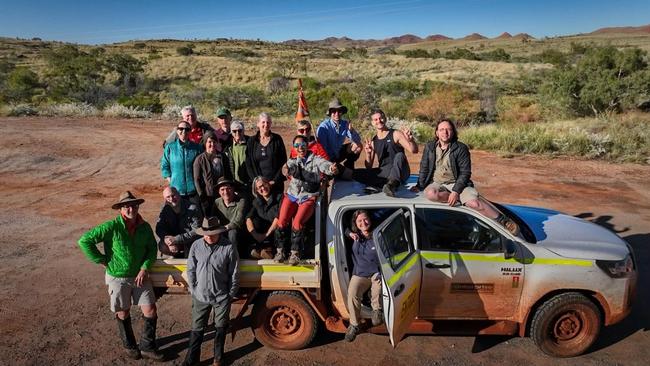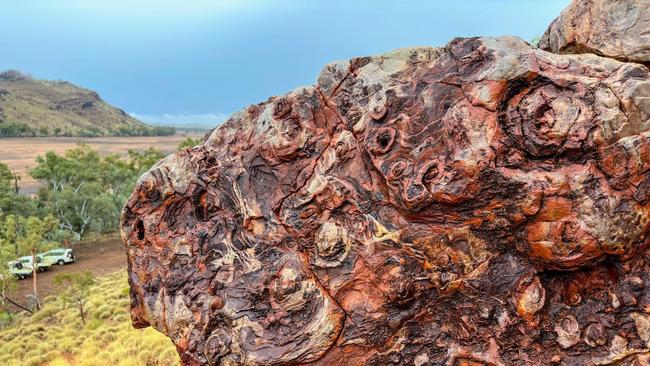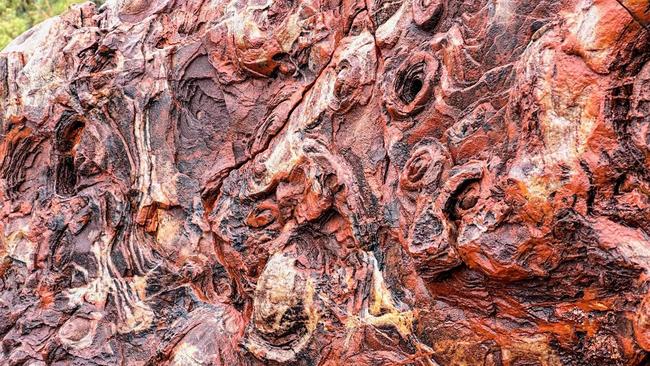NASA visits WA to find hints in extraterrestrial search
Ahead of receiving Martian rock samples, NASA scientists have visited WA to examine fossils of some of the oldest life forms on Earth.

A group of NASA researchers has been in the Pilbara region of Western Australia in the past week to inform their hunt for extraterrestrial life by observing some of the earliest signs of life on Earth.
“We’ve been looking at stromatolites,” NASA Mars Exploration Program director Eric Ianson told The Australian.
“It’s captured in rock formations – phosphate rock formations.”
Stromatolites are “living fossils” – rocky structures built by microorganisms that layer themselves over time.

The Dresser Formation in the Pilbara region – in the north of Western Australia – hosts stromatolite fossils and is estimated to be almost three and a half billion years old, making it among some of the Earth’s “earliest convincing evidence of life”.
For scale, Earth is reckoned not to have had oxygen in its atmosphere three and a half billion years ago, continents had not yet emerged from the ocean, and the moon would have been chipped off Earth just about a billion years prior.
“This is really important – not only to tell us things about life on Earth and when it began and how it may have evolved over time – but it’s also really important from a NASA standpoint because we are getting ready to return samples from Mars,” Mr Ianson said.
“The Perseverance rover is currently on Mars collecting rock core samples, and we’re going to be returning them back to Earth.
“When we get those samples back to Earth, if we were to see similar patterns in the rocks as we’re seeing here in the Pilbara, it could be a really strong indication that life had previously existed on Mars.”
He said launches had been planned for later this decade, with samples planned to return early in the next decade.
Other participants in the expedition included scientists from the European Space Agency, a representative from the Australian Space Agency, and Australian academics.
This is not NASA’s first trip to Western Australia to see the fingerprints of ancient life.
One prior trip brought members of the Perseverance rover team to see the structures to finetune techniques for Mars exploration.

“You get a very interesting walk through time as you’re looking at the samples,” Mr Ianson said.
“Because we went to different sites, and you look at one that was two billion years old, and another that’s 2.5 billion years old, and another that’s almost 3.5 billion years old. Each of these different sites, they all tell you a slightly different story.
“It will be really interesting as we take a look and see at what point – if we do find stromatolites on Mars … to see where in the progression of life, similar to what we’ve seen here, did it occur on Mars.”
Australian Space Agency director Enrico Palermo said the trip demonstrated the nation’s ability to play a part in global space efforts.
“We’ve been part of space exploration for decades,” he said.
“Obviously, having some of these ancient landscapes is certainly something we can provide – analogies of other surfaces of other planetary bodies in the solar system.”
Life & Times P14



